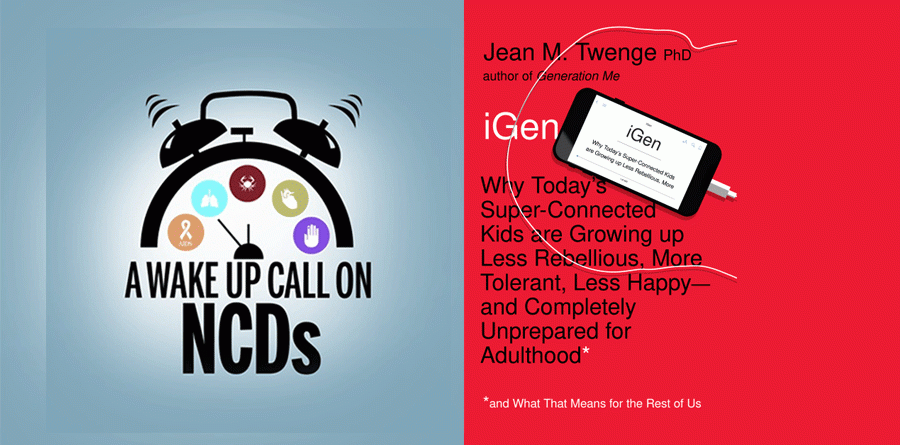Wellness is an extremely profitable brand and business. We all want to be happy, healthy, and well. But, after spending more than 3.7 trillion dollars globally on wellness products, services, travel, etc., are we happier and healthier?
In her new book, Jean M. Twenge, a psychology professor, observes that the iGen’ers — those born since 1995 – are obsessed with safety. “they seem terrified, not just of physical dangers but of the emotional dangers of social interaction,” Twenge writes. Their caution may help keep them safe, she finds, but it also makes them vulnerable (time.com).
The most recent report issued by the World Health Organization (W.H.O) states that Noncommunicable diseases (NCDs), such as heart disease, stroke, cancer, chronic respiratory diseases and diabetes, are the leading cause of mortality in the world. Common, preventable risk factors underlie most NCDs. Most NCDs are the result of lifestyle choices and behaviors such as tobacco use, physical inactivity, unhealthy diet and harmful use of alcohol that lead to key metabolic disorders and increased blood pressure, blood glucose, cholesterol, and obesity. NCDs are the very type of diseases that Wellness claims to prevent.
FACTS on NCDs
- NCDs kill 40 million people each year, equivalent to 70% of all deaths globally.
- Cardiovascular diseases account for most NCD deaths, or 17.7 million people annually, followed by cancers (8.8 million), respiratory diseases (3.9million), and diabetes (1.6 million).
- 80% of premature heart disease, stroke and diabetes can be prevented.
- Currently, almost 30% of the world’s population is obese, and if the present trends continue, almost 50% of the population will be clinically overweight or obese by 2030.
- In 2014 the global economic impact of obesity was estimated to be US$2.0 Trillion dollars, more than the cost of armed violence, war and terrorism.
- All but 1 of 10 leading causes of death in high income countries were NCDs.

The W.H.O sets 9 targets to combat NCDs by 2025 and aims to reduce by one third premature mortality from noncommunicable diseases through prevention and treatment and promote mental health and well-being by 2030. (apps.who.int)










